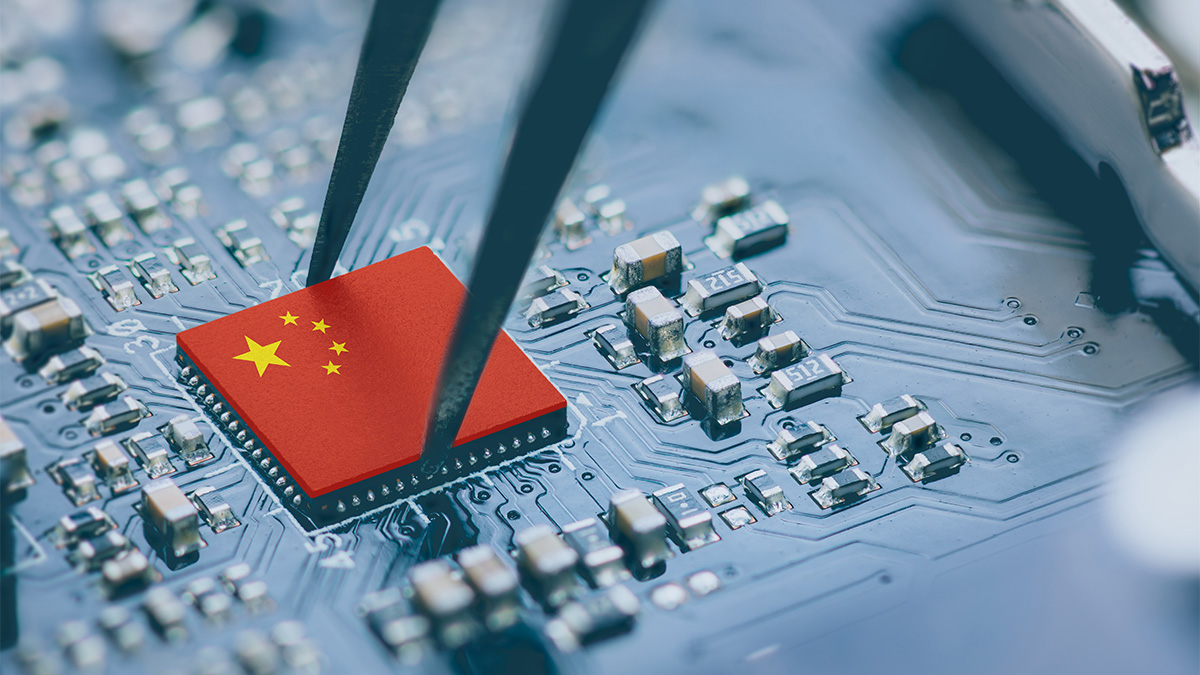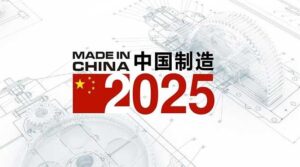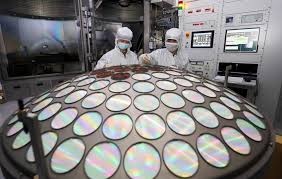China leads global technology in AI, EVs, drones, renewables, and more. China’s tech boom is shaping industries and challenging the West’s dominance.
The question isn’t just if China leads global technology—it’s how quickly it’s happening and how deeply it’s changing the world. The explosion of Chinese AI chatbot DeepSeek is just the tip of the iceberg. It’s one example in a wave of Chinese apps storming the global charts: TikTok, CapCut, Shein, Temu—these names are now global household brands.
But this story goes way beyond your phone.
Electric Cars, Batteries, and Solar: Where China Leads Global Technology
China has transformed itself into a powerhouse for electric vehicles. It’s overtaken historic car-making hubs, now selling more cars worldwide than any other nation—thanks in large part to EV giants like BYD.
The secret sauce? China leads global technology in batteries and solar panels, controlling 80-95% of the global supply chain. By 2028, analysts predict China will generate 60% of the world’s renewable energy. In the drone industry, it’s the same story: DJI, based in Shenzhen, holds a 70% global market share. Three of the top ten drone makers are Chinese.
AI, Quantum Computing, and Patents: China’s Technology Engine
It doesn’t stop there. In quantum computing, Chinese scientists now publish more research papers than any other nation. In some areas, China leads global technology—even ahead of the US.
The AI race is a similar story: Chinese firms now issue more patents in artificial intelligence than any other country. The meteoric rise of DeepSeek isn’t an accident—it’s a signal that Chinese companies are ready to compete with, and even outperform, American tech giants.
From Factory Floor to Tech Titan: The “Made in China 2025” Blueprint
So how did China get here? The answer: strategy. In 2015, Beijing launched “Made in China 2025,” a masterplan to transform from the world’s low-cost manufacturing center to a true tech superpower. The plan targeted ten industries, set over 250 mini-goals, and aimed for complete supply chain control in cutting-edge sectors.
By 2023, China had checked off 86% of those goals. Electric vehicles and renewables didn’t just hit targets—they blew them away. While some analysts call out pro-China bias in local reporting, global experts agree: the strategy worked. In many fields, China leads global technology, and in some, it’s already ahead.
Government Backing and Global Tactics: How China Leads Global Technology
What’s powering this growth? It’s a unique blend of state support and fierce ambition. The government doesn’t just encourage R\&D—it funds it, sets research agendas, and lures foreign experts to work (and share ideas) in China. Joint ventures with foreign firms are often required, ensuring the flow of know-how.
Congressional research in the US estimates that China planned to spend $1.5 trillion on R&D, tech grants, and global acquisitions—$627 billion was already spent by 2020. Research centers mushroomed in tech hubs, each focused on strategic technologies. Critics in the US and Europe allege that China has cut corners through intellectual property theft. Beijing denies this.
As China’s success mounted, the “Made in China 2025” label quietly disappeared—abandoned to avoid alarming global rivals. But the engine was running, and the West responded with restrictions and sanctions on sensitive tech.
Sanctions, Setbacks, and Smart Pivots: Resilience in Chinese Tech
If you want a story of resilience, look at Huawei. The company led the world in 5G equipment and smartphones—until US-led sanctions hit, blocking access to advanced chips and global markets. Most firms would have collapsed. Instead, Huawei pivoted. It’s now making its own microchips and, in 2023, launched a phone featuring a domestically produced, world-class chip. Another example of how China leads global technology—adapting fast, even under pressure.
DeepSeek faced a similar blockade: no access to the best training chips, so the company innovated with what it had. The result? A world-class AI chatbot, built cheaper and faster than the competition. These stories are wake-up calls for Western tech: the days of easy dominance are over.
Social Media and E-Commerce: China’s Global Consumer Apps
TikTok’s overnight rise was no fluke. It’s the first non-US social platform to go truly global in a decade. While US regulators scrutinize and threaten bans, TikTok remains dominant. Meanwhile, Shein and Temu are rewriting the e-commerce playbook, mixing low-cost Chinese manufacturing with savvy digital design.
China leads global technology in the consumer space, too—not just hardware and infrastructure.
The Gaps: Where China Doesn’t Lead (Yet)
Not every sector is a win. Chipmaking is China’s Achilles’ heel, and US/EU sanctions threaten to slow or stall progress further. America and its allies are pouring hundreds of billions into semiconductor R&D to keep their lead. In January, the US announced a $500 billion investment from tech giants for AI infrastructure alone. Germany, Japan, and others are also fighting to stay in the game.
What’s Next?
So, is the world ready for this new era? The rise isn’t slowing. China leads global technology in countless fields, from AI and EVs to drones, batteries, and renewable energy. The world is watching—and responding—with both admiration and caution.
The race is on. And for now, China is setting the pace.






